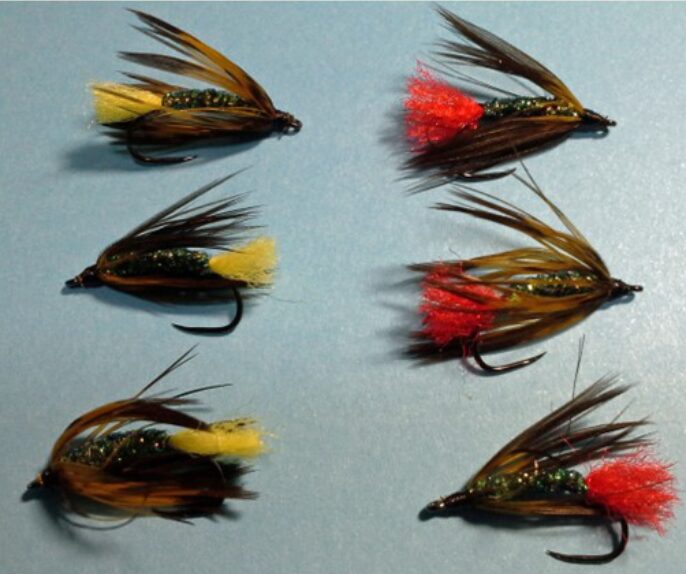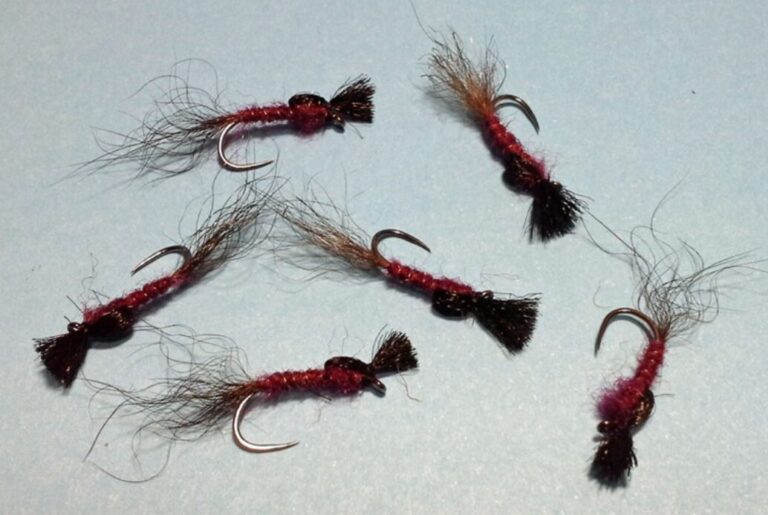Mick’s Scruffy Variant

Mick’s Scruffy Variant, featured in “Australia’s Best Trout Flies Revisited,” is a modern adaptation of Mick Hall’s original Scruffy pattern, tied by Paul “the Fed” Fedeles. Mick Hall’s Scruffy fly is a popular and highly effective trout pattern known for…







